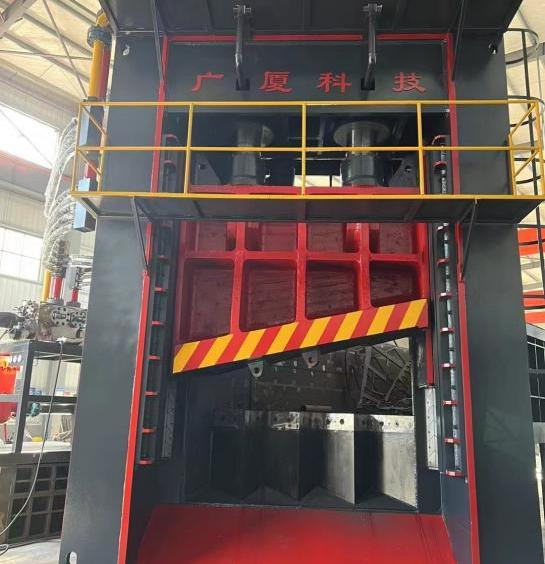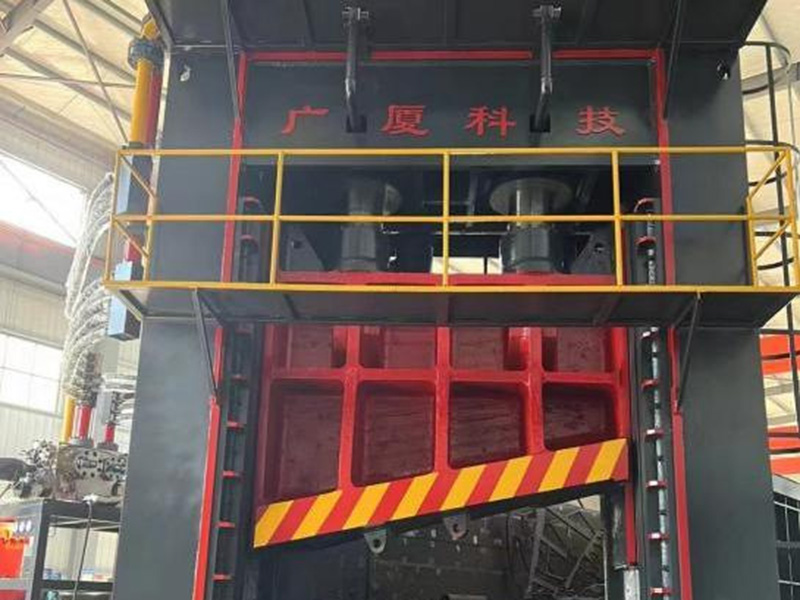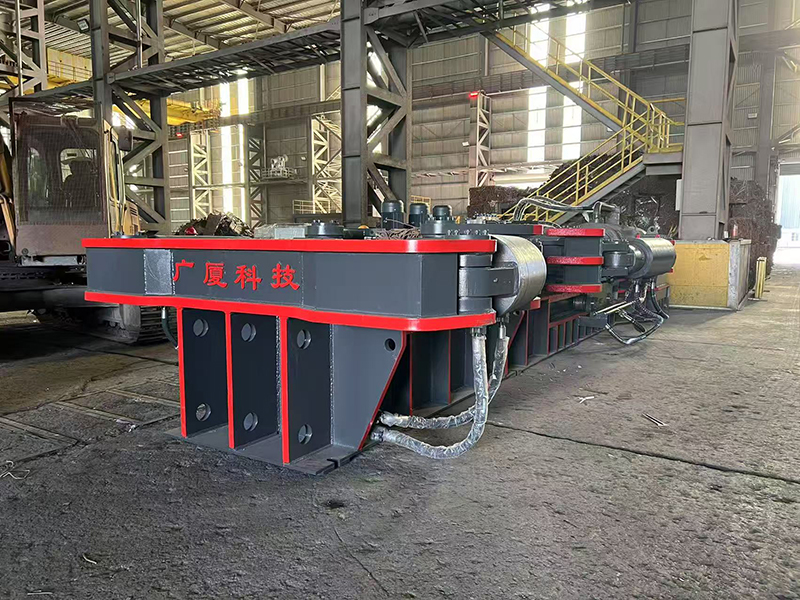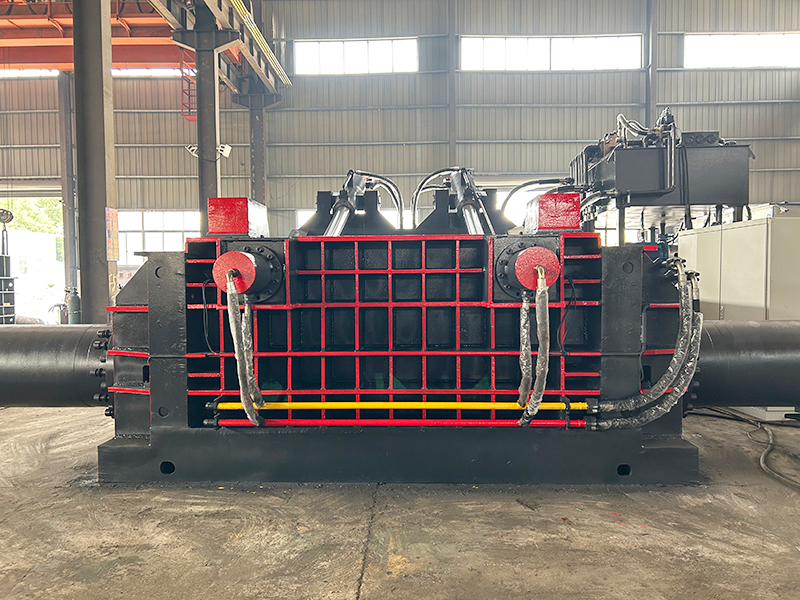Baling Machine Industry Sees Surge in Innovation and Sustainable Practices Amidst Robust Market Growth
The global baling machine industry is experiencing a significant period of growth and transformation, driven by advancements in automation, a heightened focus on sustainability, and increasing demand across various sectors. Projections indicate a robust market expansion, with the industry forecasted to grow from $4.53 billion in 2024 to $4.89 billion in 2025, representing a compound annual growth rate (CAGR) of 7.9%. This upward trend is expected to continue, reaching an estimated $6.75 billion by 2029.
Technological innovation stands at the forefront of this evolution. Modern balers are increasingly integrating automation and smart technologies, including AI-powered compaction systems, GPS guidance, and IoT connectivity for real-time monitoring. This integration aims to enhance efficiency, reduce labor costs, and optimize output quality across diverse materials. Manufacturers are developing multi-material handling balers and specialized models capable of processing a wider range of waste types, from traditional cardboard and plastics to aerospace alloys and e-waste.
"The baling machine industry is rapidly evolving, driven by the imperative for greater efficiency and sustainability," says [Name, Title, if you have one - e.g., an industry analyst or company spokesperson]. "We are seeing a clear shift towards intelligent, automated solutions that not only streamline waste management and recycling processes but also contribute significantly to environmental goals."
Sustainability is a key driver, with manufacturers increasingly focusing on energy-efficient balers designed to consume less power and incorporate eco-friendly materials in their production. Innovations include machines that minimize soil compaction in agricultural applications and those that can use biodegradable bale wrap materials, reducing plastic waste. Balers play a crucial role in the circular economy by compacting recyclable materials










